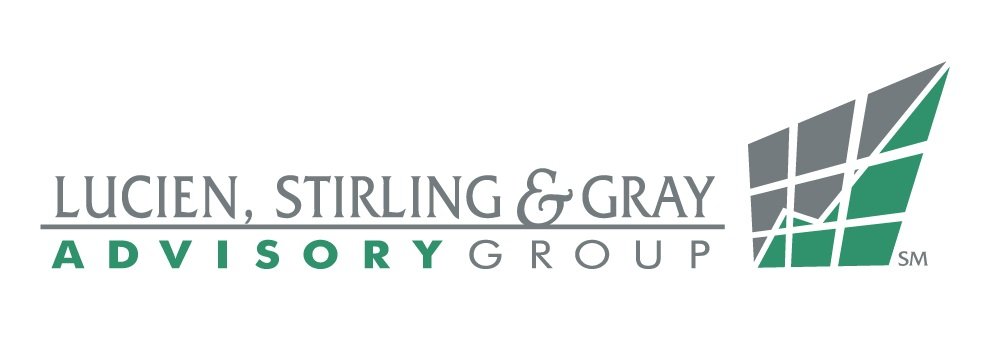Looking Forward
By Thomas Twombly, President
“We are made wise not by the recollection of our past, but by the responsibility for our future.”
-George Bernard Shaw
“The longer you can look back, the farther you can look forward.”
-Winston Churchill
In the short eighteen years between 1946 and 1964, almost 76 million people were born in the United States. Between 1954 and 1964 there were approximately 11,000 births per day. This was the most dramatic population explosion ever before witnessed in this country. As that huge wave of people has swept forward through time, “The Baby Boom Generation” has transformed virtually everything it has touched regarding American society, politics, and especially economics. It’s still doing it.
In the 1950’s, Gerber baby food became one of the fastest growing brands in the United States as millions of brand-new parents sought feelings of comfort and consistency in how they were nourishing their precious new charges.
During the 1960’s, the Ford Mustang became the most popular car brand in America, as legions of those children, now teenagers and young adults, sought the bold new feelings of freedom and independence that the car and its name were designed to evoke.
In the 70’s it was Rock & Roll and leisure suits that sprang from the collective impulse of a rising generation to throw off the old staid way of doing things and replacing it with something vastly different.
And then in the 1980’s, the mini-van became a fixture in virtually every suburban driveway, as this wave of people yet again sought new feelings of responsibility and practicality as they gradually moved into the phase of raising their own families. Similar examples abound for every decade since then.
In 2011 the leading edge of this generation finally started to turn 65, the “traditional” age at which people in this country have retired in past generations, and the age when everyone transitions to Medicare.
Then, last year in 2016, the vanguard of the baby boom hit 70, the age at which anyone with money invested in retirement accounts of all kinds must start taking Required Minimum Distributions from those accounts, even if they continue to work – as many are choosing to do. Importantly, 70 is also the age at which it no longer benefits someone to delay taking social security benefits.
These two critical transition ages trigger a whole series of complex emotional decisions regarding the nature of work, productivity and self-identity, to name just a few. They also trigger a series of complex financial decisions regarding tax planning, distribution planning, insurance planning, and legacy planning.
So, as a profession, we are only just now beginning to observe the initial stages of this huge generation’s transition into a new phase of life, and experiencing hints of what this transition is going to create going forward.
In the twenty-five years that Lucien, Stirling & Gray has been in business, we have worked with many “Baby Boomer” clients through the stage of their lives where we refer to people as “professional accumulators” – the years where the bulk of earning and contributing is done. This is a generation of people whose feelings have made huge impacts on American society (think back to how Baby Boomer feelings gave rise to American muscle cars). We believe it will be no different when it comes to retirement. As Baby Boomers are now facing these transitions, the financial business has started to push the idea of artificial intelligence as a new way of retirement planning. We believe that there is no “robo-advisor” or magic algorithm that can replace the comfort and confidence that comes from having a trusted, empathetic advisor who can synthesize the technical aspects of financial planning, portfolio management, tax planing, etc. with the uniquely human aspects that go into guiding people through these emotional challenges. Lucien, Stirling & Gray has always recognized the importance of having meaningful, personal conversations with our clients.
What’s astounding is to look back more closely at demographic data, and to contemplate the coming twelve to seventeen years that we will experience with these same clients in our practice. If you or someone you know is facing a transition please know that we are never too busy to have a thoughtful conversation with them.


